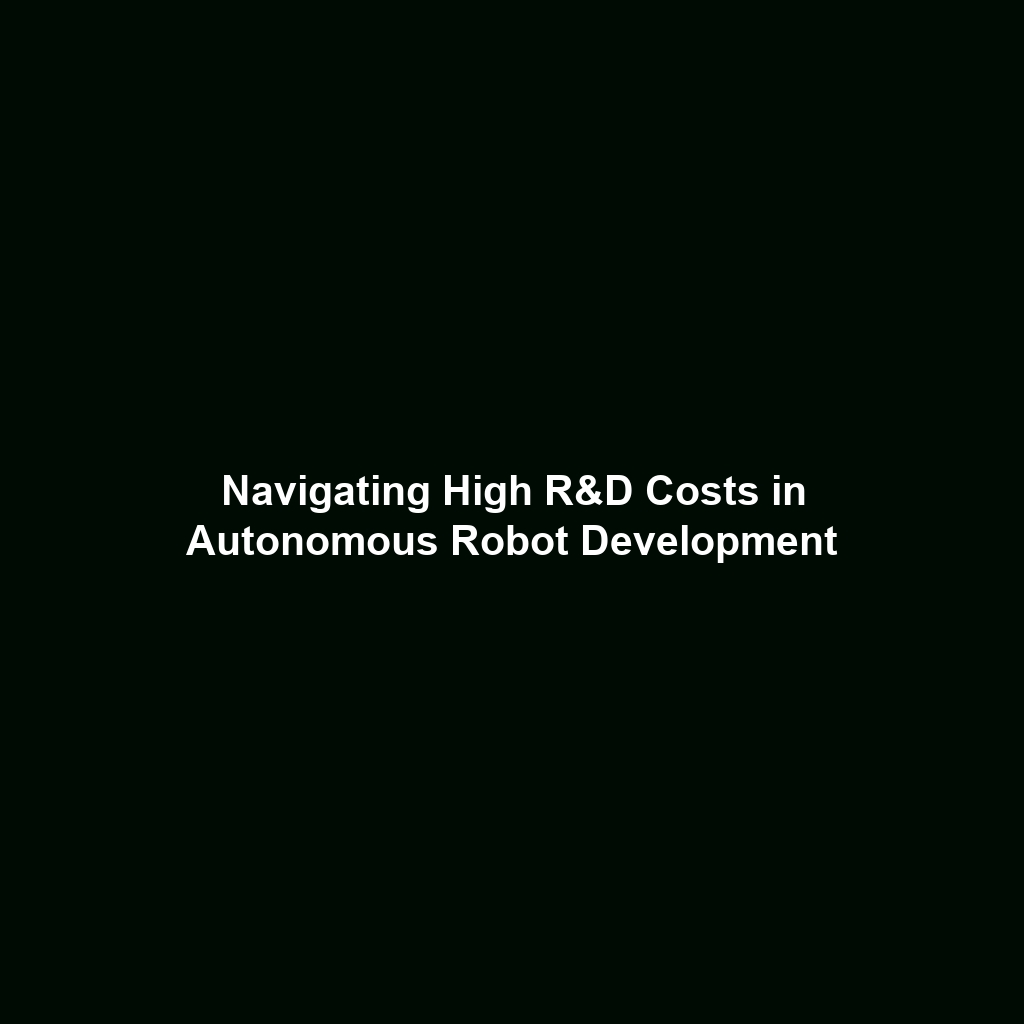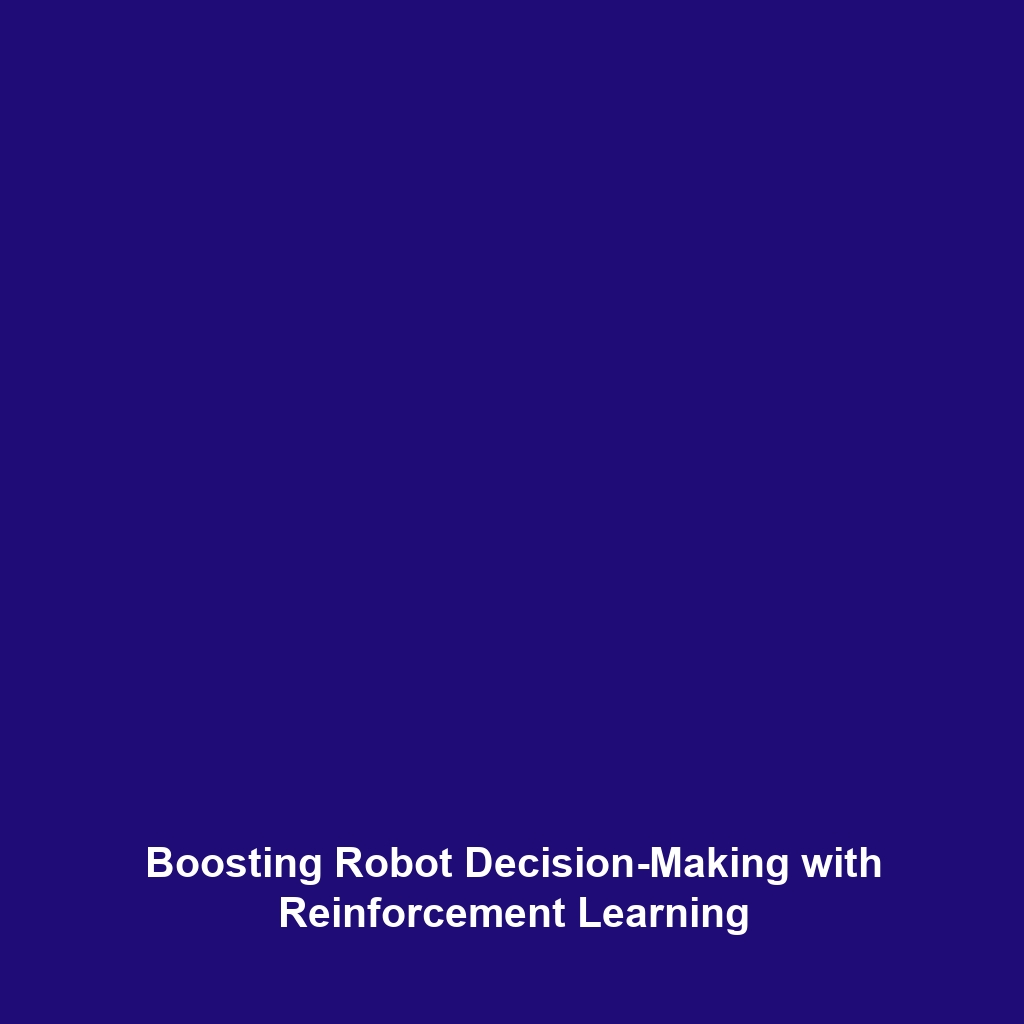High Costs of Research, Development, and Initial Deployment in Autonomous Robots
Introduction
The evolution of autonomous robots has been marked by significant advancements in technology and engineering. However, one of the most pressing challenges facing researchers and developers is the high costs of research, development, and initial deployment. These expenses not only influence the feasibility of creating cutting-edge robots but also determine their accessibility in various industries. Understanding these financial barriers is crucial for stakeholders aiming to innovate within the autonomous robotics sector.
Key Concepts
Understanding the High Costs
The high costs of research, development, and initial deployment of autonomous robots stem from a variety of factors, including:
- Research and Development Expenses: These costs include labor, materials, and technology investments needed to create advanced robotic systems.
- Testing and Iteration: Rigorous testing is necessary to ensure reliability and safety, which adds to overall expenses.
- Deployment Costs: The initial rollout of autonomous robots often requires infrastructure upgrades, training for staff, and ongoing maintenance.
All these factors contribute to the challenge of making autonomous robots financially viable, emphasizing the critical impact of high costs in autonomous robotics.
Applications and Real-World Uses
Understanding how high costs of research, development, and initial deployment affect real-world applications in autonomous robots is essential. Here are significant examples:
- Manufacturing: Autonomous robots are used for automated assembly lines, but high deployment costs can limit their use to larger companies.
- Healthcare: Robots assisting in surgeries or elderly care offer immense benefits, yet the high initial investments can restrict widespread adoption.
- Logistics: Autonomous delivery systems have grown, but the high costs involved in R&D often mean only well-funded companies can innovate in this space.
Current Challenges
The challenges of high costs of research, development, and initial deployment incorporate various issues faced within the field:
- Funding Limitations: Securing adequate funding can be a barrier for start-ups and research institutions.
- Technological Constraints: Existing technologies may not be able to justify the high costs due to limitations in performance or scalability.
- Market Entry: New entrants may find it difficult to compete due to high upfront investment requirements.
Future Research and Innovations
As the autonomous robotics field evolves, continual advancements and research focus on reducing the high costs associated with research, development, and initial deployment. Some promising areas include:
- Collaborative Robots (Cobots): Innovations aim to develop more cost-effective and adaptable robots that can work alongside humans.
- Open-Source Robotics: The rise of open-source platforms is expected to lower development costs and accelerate innovation.
- Advanced AI Integration: Improved algorithms can streamline development processes and reduce overall expenses.
Conclusion
In conclusion, the high costs of research, development, and initial deployment critically shape the landscape of autonomous robots. Addressing these financial barriers is essential for fostering innovation and broadening the adoption of robotic technologies. Stakeholders are encouraged to invest in research and collaborate on solutions to mitigate these costs, paving the way for a future where autonomous robots are accessible to all industries. For more insightful articles on related topics, explore our resources on autonomous technologies and research funding in robotics.





